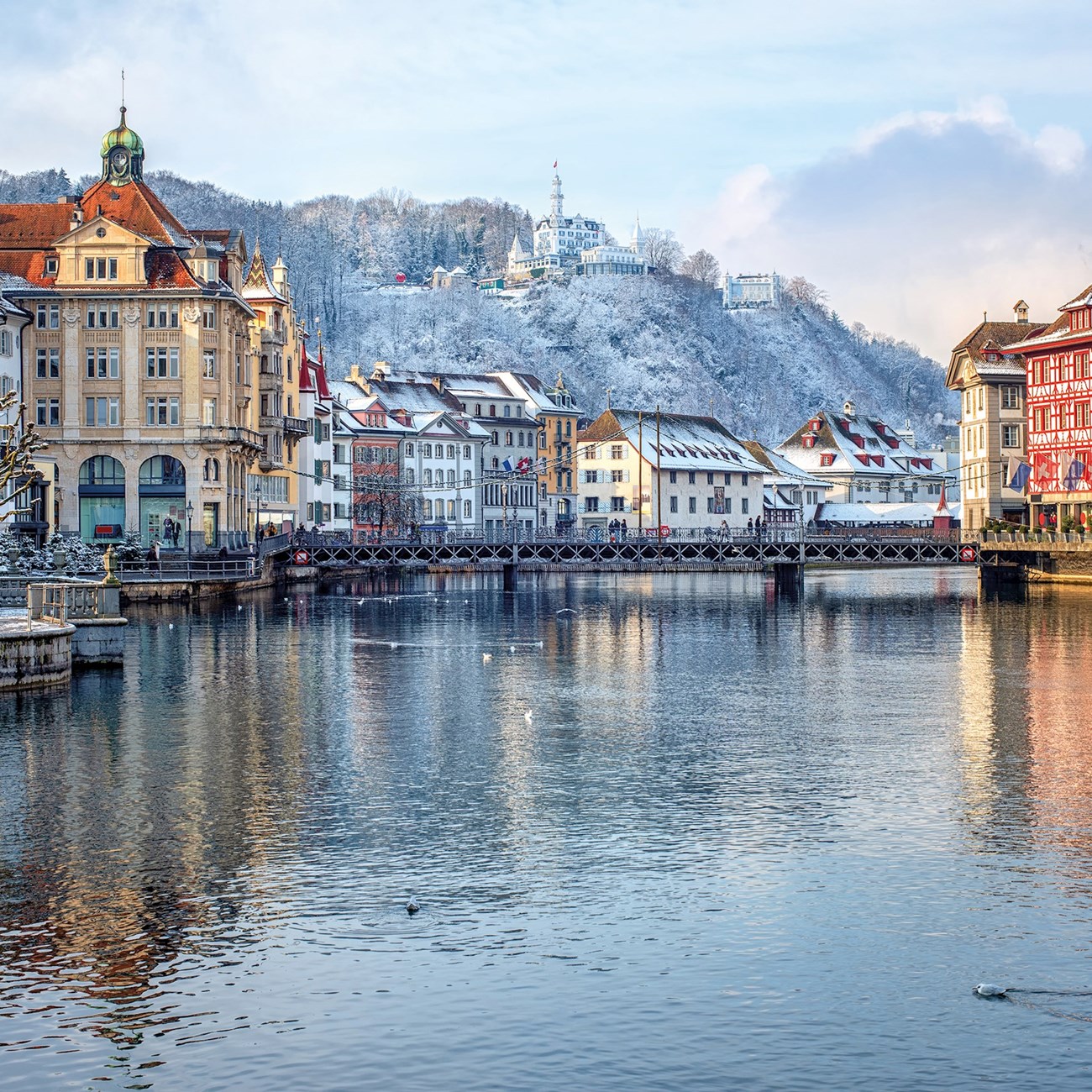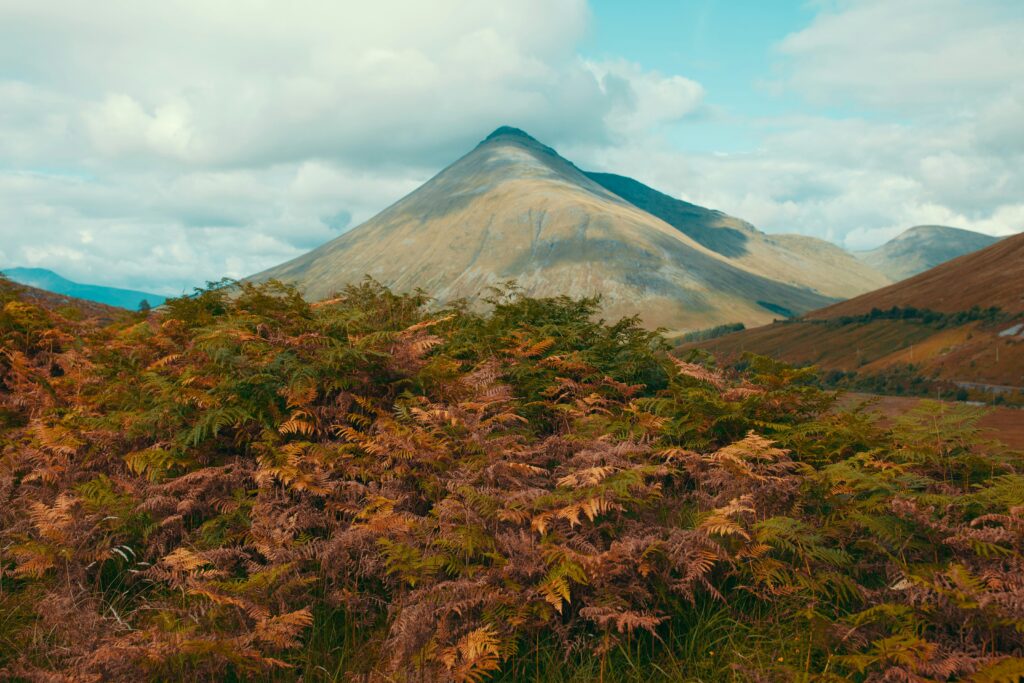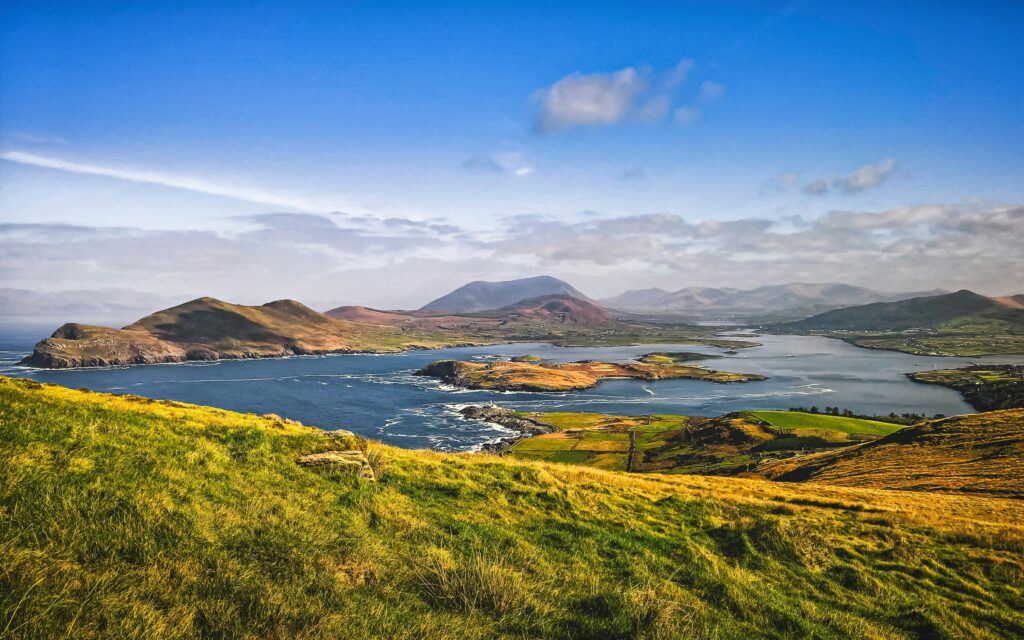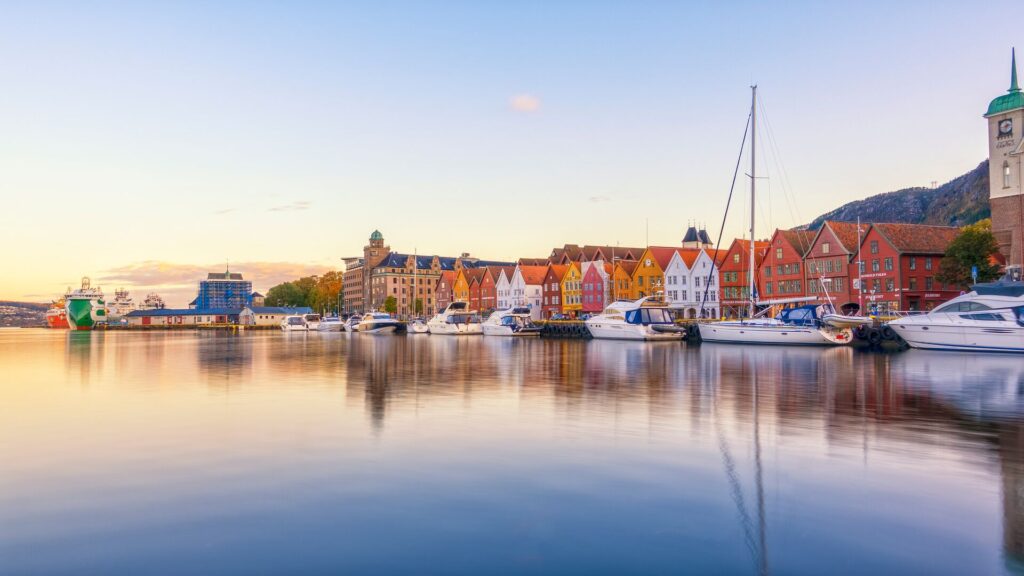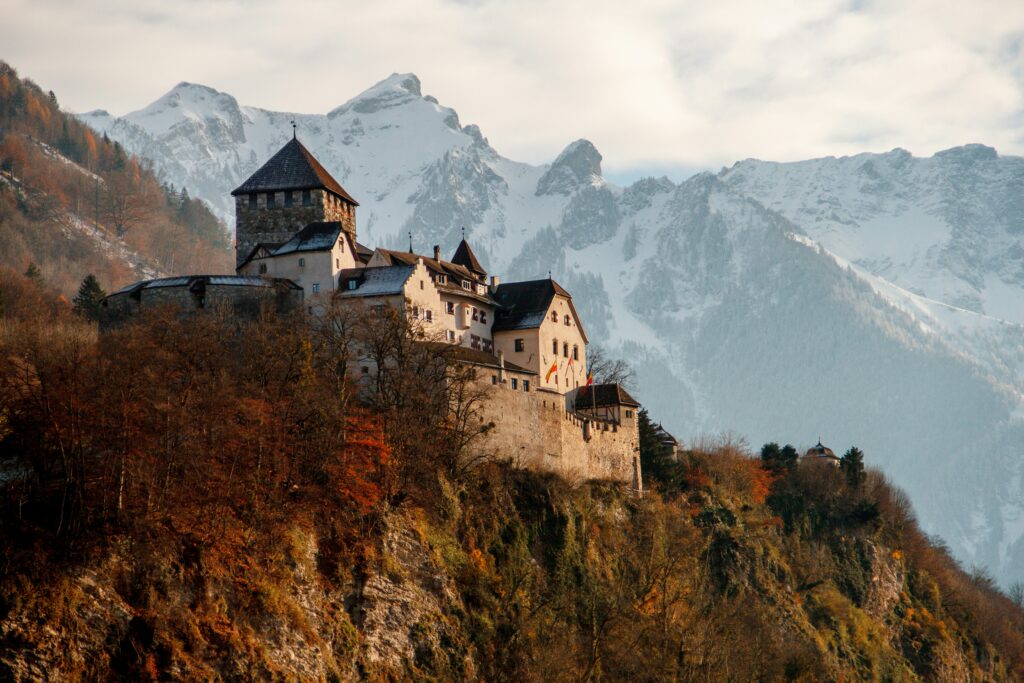Cheese, Chocolate and Chablais: Why You’ll Love Switzerland’s Food Scene
A land renowned for its mountains, clean air, heirloom watches and ski resorts, Switzerland’s food also packs a big punch on the global scene. From Michelin-starred restaurants to cozy mountain chalets, Swiss cuisine showcases the kaleidoscope of cultures that makes up this influential Alpine nation. The country also boasts a bounty of local produce, with sustainability at its core.
To learn more about fondue and fine wine, we called upon the knowledge of Travel Director Stephanie as this week’s Insightful destination expert. A lover of Switzerland and its cuisine, she inspired this week’s Insightful travel trivia questions, clues to which can be found in this article.

A love of travel and Switzerland
“I would say I was born with a travel bug,” Stephanie tells us. “Then after a career in film and theater, an actor friend told me about working in the travel business and I thought ‘that’s the life for me’. I love people, different cultures, traveling and discovering.
“I adore Switzerland, there’s so much to love. I have family there and being German, we have lots of cultural similarities. You can learn so much from the cuisine of your destination and the Swiss don’t dissapoint. It is such a tasty way to gain insight into a country, its history and its people.”
The secret is in the sustainable produce
There are 400 different Swiss products officially recognized as part of Switzerland’s culinary heritage. The most famous include Gruyère cheese, longeole sausage and Basler Läckerli biscuits. Due to its diverse landscape and climate, a bounty of high-quality home-grown produce is available for you to enjoy year round.
Not just great for the taste buds, sustainability is at the core of Switzerland’s food offering. In fact, the Swiss consume the most organic products per capita, compared to international counterparts, and Swiss retailers have been leading the international sustainability rankings for years. Gathered together under the country’s Swistainable credentials, it is very easy for visitors to identify, and make the most of the sustainable food options on offer.
“Switzerland has a strong tradition of local and seasonal food consumption and is renowned for its innovative approaches to sustainable food production,” says Stephanie, “A strong emphasis is placed on organic farming, biodiversity conservation and reducing food waste.
“Everywhere you go you can enjoy great local produce. When in Zurich, I recommend the Markthalle which is located under the viaduct. When in Lucerne I recommend the restaurant Zur Ente. They are well known for their great menus, and not wasting any food.”
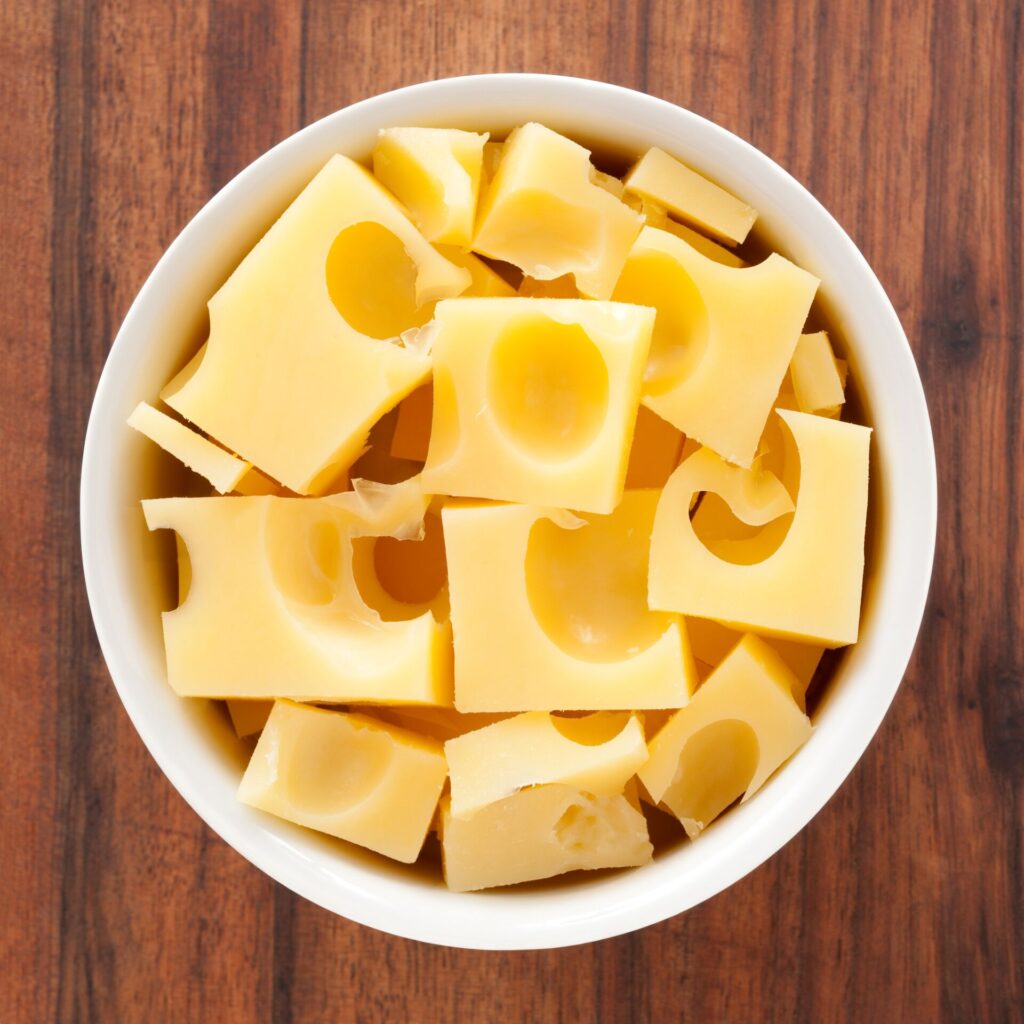
Cheese: Its more about how we eat it than what we eat
When talking about Switzerland’s food, it is cheese that often tops the list. The Swiss and their cheeses have had a long and rich tradition of dairy farming and cheesemaking, dating back to the Neolithic period. The Swiss also eat a lot of cheese, around 23kg per person each year, and have over 700 types to choose from.
“In Switzerland, it’s not only about the cheese product, but also about what cheese means to the community,” says Stephanie. “It’s a focal point for communal meals, a staple of skiing gastronomy, with delicious dishes that really bring everyone together.”
Emmental with its holes and nutty, buttery taste often stars as the iconic image of Swiss cheese, along with the popular Gruyère which can be found with or without these ‘eyes’. The holes are in fact produced by air bubbles, unique to the bacteria used to make Swiss cheese. Other well know varieties include Sbrinz, Appenzeller, Raclette and Vacherin and Tête de Moine.
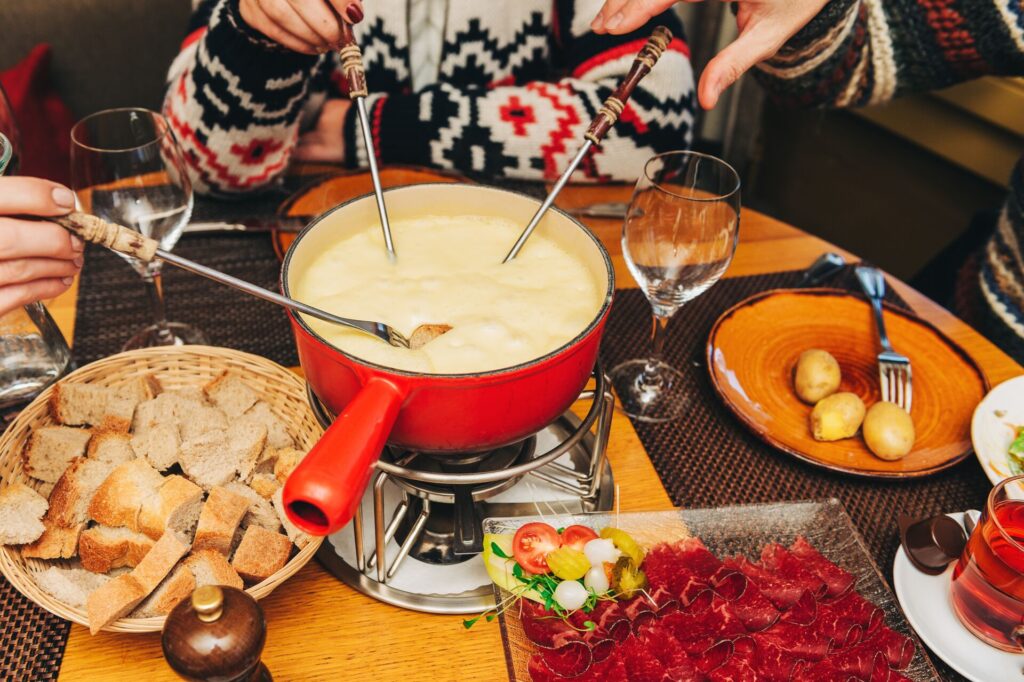
Fondue
“Possibly one of the most famous cheese dishes in Switzerland is the fondue,” says Stephanie. A delicious and heartwarming way to dine together, people gather round a huge pot of melted cheese, and dip in chunks of bread on long pronged forks. “The fondue is a feast. It’s the joy of eating together with friends and family. We often eat Fondue on New Year’s Eve for example.
“Every part of the country has its own recipe in terms what kind of cheese they use and how much of alcohol, which gives the fondue’s taste a nice little tweak. You can also enjoy chocolate fondue, (a great place is the Walliserhof in Zermatt…. Mmh extremely delicious) and meat fondue (Fondue Chinois) – there many different fondues in Switzerland.”
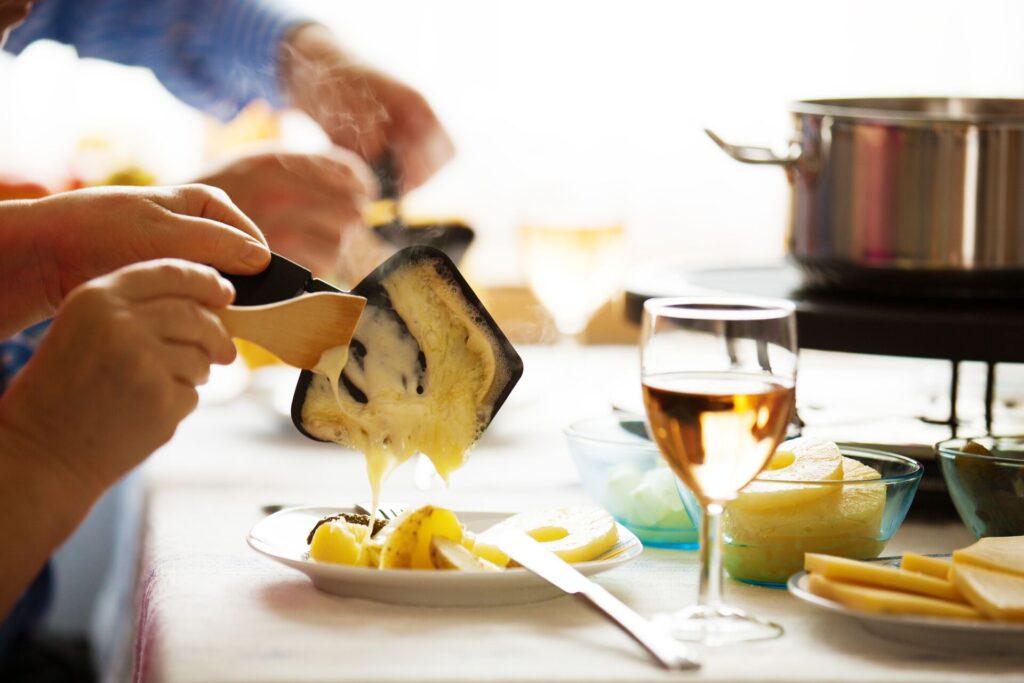
Raclette
A Swiss foodie experience that you will want to take home with you, there’s nothing quite like indulging in raclette. This fun, tasty communal culinary experience involves savoring melted cheese paired with an array of delicious accompaniments.
“Raclette comes from the French word racler which means ‘scraping off’,” Stephanie explains. “It comes from the Kanton Wallis and was a very simple dish in the Middle Ages. Developed by coincidence, they just tried to warm up the cheese on a big wheel and found that if you’re scraping it off, it has this really crispy and nice taste to it.”
A raclette meal today typically involves a raclette grill or machine, where guests gather around to participate in the cooking process. Each person has a small individual pan or tray under the heating element to melt their cheese portion. Once the cheese is perfectly melted, it is then poured or scraped onto boiled potatoes and cured meats, and garnished with pickled onions and gherkins
“We eat raclette for any occasion, and for any non-occasion – it could be 11pm at night and you just feel like it,” Stephanie says. “The lovely thing about these traditional dishes of Switzerland is that you can recreate them at home, with may good cheese stores selling Swiss varieties. So, you can keep your memories long after you return home and share with your family friends. I always tell my guests though they shouldn’t try to do that with any kind of other cheese. It has to be raclette cheese as it has this particular taste.”
SAVE UP TO $2,000 PER COUPLE* ON YOUR FIRST PREMIUM TOUR.
Plus receive latest offers, travel inspiration, and discover how your travels will make a positive impact. Together, WE MAKE TRAVEL MATTER®. Subscribe NowPioneers of chocolate
Cailler, Suchard, Lindt, Nestlé and Toblerone, Swiss chocolate is widely considered the finest chocolate in the world, with a history steeped in innovation and tradition. The origins of Swiss chocolate can be traced back to the early 19th century, when pioneers like François-Louis Cailler and Philippe Suchard established the first factories in Switzerland.
However, it was the invention of milk chocolate by Daniel Peter in collaboration with Henri Nestlé in the late 19th century that truly revolutionized the chocolate industry.
“This breakthrough gave Swiss chocolate international acclaim for its smooth, creamy texture,” says Stephanie. “Personally, I think the best factory-made chocolate comes from Cailler. I always say it melts on your tongue, even the dark chocolate.
“Then there is a chocolate powder which I think is the best chocolate powder in the world – Caotina. Mixed with a good Swiss milk, you have the most delicious drink. You can also buy some amazing handmade chocolate, there is a nice little cafe called Petit Royale in Zermatt, which is renowned to have some of the world’s number one handmade chocolate.”
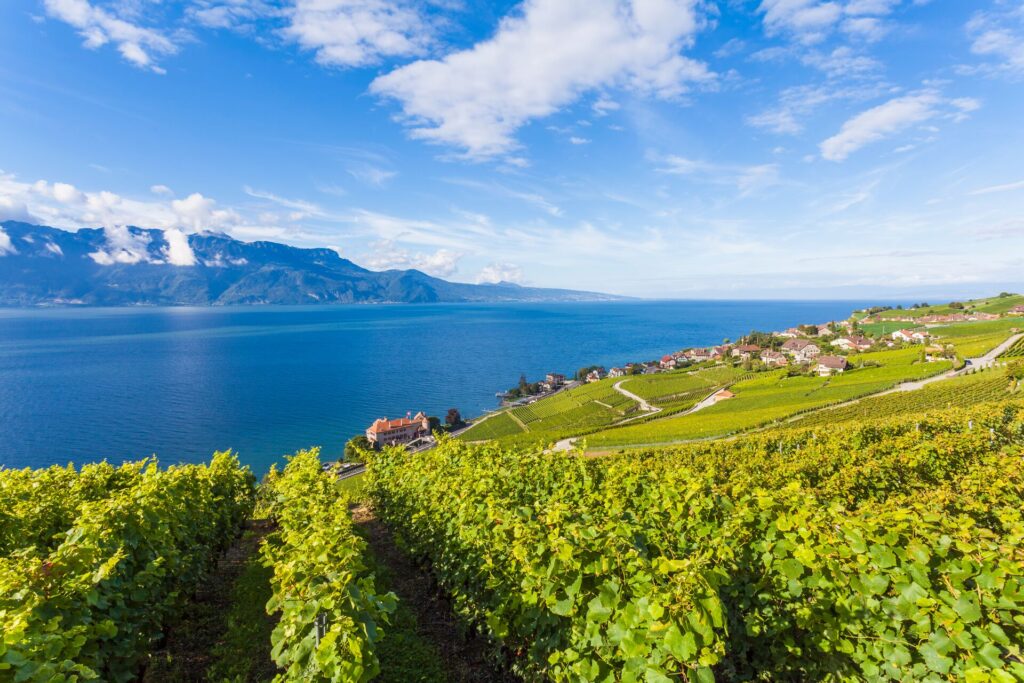
Boutique wine
“Swiss wine is somewhat a hidden gem in the world of viticulture,” Stephanie tells us. The country’s boutique wine production is often overshadowed by its more renowned neighbors, including France and Italy. In fact, Swiss wine is a rarity – only about 1% is exported.
“White wine is a tradition here. Well known is the Fendant, made from Chasselas which is a grape which you mainly find in Switzerland,” she says. Cultivated in Valais since 1870, the Fendent is liked as an accompianiment to fondue raclette or as an aperitif.
Some 250 grape varieties are grown in Switzerland and the country’s picturesque wine regions are a delight to visit. Two of the most popular being Lavaux, a UNESCO-protected stretch of land that spans over 30 kilometers along the Northern banks of Lake Geneva, and Chablais is a 600-hectare, sub-alpine wine region, again on Lake Geneva at the eastern end (not be confused with Chablis, France).
“I highly recommend participating in caves ouverts, meaning open wine cellars, if you get the chance,” says Stephanie. “It is a very enjoyable annual event in Switzerland and a great opportunity to get to know Swiss wine. Generally starting at the end of April/early May at the turn of spring producers throw open their doors to show their wares for a very small fee, and visitors make a day of it going from vineyard to vineyard.”
To discover the best if Switzerland’s food scene for yourself, in ‘Business Class’ style, take a look at our premium tours to Switzerland. Test your knowledge of this magical Alpine nation with this week’s Insightful Travel Trivia.
LIKED THIS POST? SHARE WITH YOUR COMMUNITY


